|
Leasing up residential rental property versus commercial rental property is vastly different. This is the way most residential investors or property managers lease up residential property:
Also many of the best prospects for your space might not even be looking at your space, or not looking for space period. Your best prospects are people that are already in business and lie somewhere on the growth curve of their business and quite possibly might not even know they need space yet. If this is the case, how do you make your best prospects aware that your opportunity even exists? Here are some tactics that we use to get that visibility and get the buzz going about our harder to lease vacant commercial spaces. the "just show it" method
If people don't know your space exists, how can you make them aware of it if they aren't looking? The answer: show your space to anyone and everyone you possibly can show your space to. Even if they aren't looking. Even if they don't even have a remote possibility of being a prospective tenant. Are they involved somehow in the industry that you are targeting for a given space? Then show them the space. For instance, if you are targeting a restaurant operator for your available space and you know someone who sells food to restaurants, can you see how it might be helpful if see your space? They talk to restaurant owners every day. Are they well connected in your community? Then show them the space. These super connectors seem to know everybody and can help make a connection to someone who might be a good prospect for the space. Some tips for the "Just Show It" method. Call this person up and say "hey I have a really cool space I'd like to show you. Want to grab some coffee and check it out?" Some people are harder to track down than others, but none of my "Just Show It" victims have never said "No." And they were always appreciative of the experience. Just don't be all pushy about it and show them with some agenda in mind. Remember, this is a walk and talk. They most likely don't have user in mind. And even if they did, that user might not even be looking for space right now. Just show them the space with no hidden or apparent agenda. Some things I find of value in this process is having some type of knowledge concerning the history of the space, the building and the neighborhood. Believe me it works when you can tell some type of story. It enriches your tour goers experience and has them commit it to memory. Have you ever been to some beautiful historic place without a tour guide, and then gone back to that same place with a great tour guide? Become the tour guide. For instance, our building at 53 Canal Street is an old chewing gum factory. We hired a historic consultant to do a little write up on the building, the neighborhood and the companies that used to inhabit it. They also curated old photos and adverts from the companies that used to be there too, to aid in our marketing efforts. Chewing gum! How sweet and cute is that? Another important tip is to talk about some type of vision you have for the space or the property. You probably aren't going to be the end user of the space so the end vision, and what actually ends up happening is not going to fit perfectly with your vision. But if you have a vision that you can communicate to someone, it can get their creative juices flowing and get them thinking about the possibilities for your space too. Make sure when you talk about your vision its not hard and fast. There are many of our spaces that we envisioned being a skee-ball hall, a distillery, wine bar or brewery, that turned out being used as a gym, a vintage clothing / barber shop, or a crumpet shop! As you can see, if it was up to us alone, we'd have alcohol involved in every one of our spaces ;-) My favorite prelude to a sentence when I'm talking my vision and walking our space is "If you could imagine...?" At the end of the day, it's someone else (your tenant) who's imagination is going to drive the end use of your space.
Case Study on the "Just Show It" Method:
One of our spaces at 441 Monroe Avenue was used as a creepy nail salon for decades. One of the visions I had for the space was a champagne bar. I posted the space on Loopnet, Costar, Craigslist and Facebook Marketplace for over a year and most of the inquiries I got about the space was nail salon users, barbershops and salons. In addition to this traditional marketing, I called many people I knew and "Just Showed" the space to anyone who might be able to give me ideas. After several hundred showings, I found someone who had a friend who had been talking about opening a crumpet shop for years. Long story short, this is how we married Crumpets. to Monroe Avenue. If you are wondering what a Crumpet is. Just go there! It's a weekly stop for me and my daughter Holly! The "Have a Party" MEthod
Want to get a bunch of people into your building? Have a party! If you have vacant space, chances are there is some type of value in use by someone for that space. Even if it's temporary. Here are some tactics we have used for getting people into our spaces and creating buzz about our projects.
Case Study: The Market On Canal A few months ago, we acquired 53 Canal Street, the historic Pulver Chewing Gum factory. It is a three story 16,000 square foot brick building with high ceilings and open floor plans. After we cleaned the building out, we said to ourselves "this would make a great pop up market!" And thus The Market On Canal was born. The market is a bazaar of local artists and makers that we curate and create a market for their creations. We have some 15-20 visual artists, photographers, jewelry makers, culinary artists, vintage goods, hand made lighting, and we've even had a local ice maker who creates for the craft cocktail scene! We rent booths out to these folks and use the booth revenue to bring in a musical artist to provide live music for the event and to pay a local artist to do paint a live mural during the market event as well. An event like this will have gravitational pull for people to come into your subject property's neighborhood and your building. The participating artists and makers want the event to be a success as well as us so they help cross promote the market event to their sphere of influence. Think about it. If each event participant has a thousand people in their sphere of influence and you have 20 vendors, that's over 20,000 people that have the possibility of being aware of the event. Not saying that everyone one of those people will come but the more people that are aware of it, the more that come. And even for those people that don't come, they definitely become aware of the event and therefore the building. We have only had two of these market events so far and have already landed a pretty large tenant out of it. So it definitely works! A market event like this takes a lot of work to organize and execute, so if you don't have the band width to pull it off, you can organize something as simple as an industry happy hour / open house for local real estate brokers. Getting brokers into your space can help you lease up your projects. Just because your listing is on Costar and Loopnet doesn't mean that a broker tenant rep really knows your space. They might have met a possible tenant years ago and talked about space needs and there wasn't anything available that met their criteria at that time or maybe they weren't ready. These types of opportunities get forgotten, until... In my experience as a real estate broker, sometimes it takes me visiting a space and then all those memories of that encounter with that tenant are all conjured up and I have that Eureka! moment. "This would be perfect for them!!!" Imagine the possibilities that could come about if 20 to 30 brokers were in your space having some cocktails and eating snacks! Partner with the arts community
The arts community does so much for cities across the nation. They bring life, vibrancy, culture, and help build tremendously with placemaking. There are some communities that I have visited that are devoid of artists communities because artists quite simply have been squeezed out. These places usually all look the same and sometimes you have to check your maps app to realize where you really are. Artists help create the unique identities of the cities we cherish, love to live and visit. If you have space you can afford to give up even temporarily, consider partnering with the arts community and donate your space. It doesn't have to be long term. It could be for a program or series of programs, a show, or something longer term. Having vacant commercial space is like cancer for your building. Nobody likes to be in a building that feels dead so we have partnered with arts based organizations to bring additional life into our buildings. Here are some examples below!
Case Study: Current Seen Rochester, New York has a very strong arts community and our creatives are always looking for space, either to host a gallery or exhibition or a space in which to create art. Usually the price tag or terms for space of this use on the open market are usually not economically sustainable. If you have vacant space, why not donate it for this use? We have partnered with arts organizations in the past with great success. Back a few years ago, we partnered with Rochester Contemporary Art Center for their program Current Seen. Current Seen is a biennial small venue public art processional focused around the main corridors of our city in Rochester, NY. By partnering with Current Seen, we donated some space at some of our buildings to host art installations curated by ROCO and other ROCO partners. This gained a lot of visibility for our buildings and opportunities in our spaces. Above is one of the installations at one of our buildings in 2019 Current Seen titled This Heirloom by artist Mara Ahmed - Link To Installation Info Here
Case Study: 9th Floor Artists Collective
Back a few months ago, we collaborated with RocGrowth to offer studio and arts education space to a grassroots artists collective in one of our buildings downtown (photo of some of our group above). Although still in its early stages, the members of the collective have already mobilized and begun scheduling programming within the space including arts education classes and art shows. Some of the programming that they are planning on is street level guerilla art which we are really excited about. In downtown Rochester, our main streets downtown tend to wind down after 2:00pm during the week and becomes a ghost town on weekends. Stacking different creative uses in our building will shake things up from the traditional office use that we see so prevalent downtown. With the growth in downtown residential living options, our neighboring residents are going to want to see life and activity at the street level while they are home at night and weekends. We are hopeful that this will not only be complementary to that aim but also inspire other property owners and developers to do the same. If you found value from this, please consider subscribing to our newsletter! Our aim is to entertain, engage and educate! And also if there is any content you wish for us to cover please let us know!
1 Comment
 Happy New Year from the OakGrove team! As we all look into 2022 and chart our goals and aspirations for the coming year, we start to think about what we want to accomplish and WHO we want to accomplish our goals with. No one person is an island. Any audacious goal that we set for ourselves is going to involve the alignment with other people and leveraging others talents. These people can be employees, vendors, lenders, professionals, investors (limited partners), and/or general partners. What I want to focus on in this post is partnerships. Partnerships, when structured correctly by your legal and accounting professionals can be an incredibly effective way to scale a real estate business or any business for that matter. Partnerships, in an ideal world, can leverage core competencies of its members and create an alignment of interests towards a common goal, while sharing in the risk and reward on a particular venture. For example, if you are a real estate developer or investor like OakGrove, you might be very good at finding new investment or development opportunities and raising the funds within which to take advantage of those opportunities, but you or your organization might be very lacking in the skill sets of project management and construction that is needed in order to successfully execute on a plan for that opportunity. No one individual or organization is extremely good at everything and sometimes creating a formal partnership with someone who counterbalances your weaknesses can be very effective in lowering the risk of a given project and increase the probability of success. As an individual, I have created partnerships with several individuals and organizations throughout my years. Our company continues to create partnerships with investors, contractors, and even other development companies. Some of these partnerships have been huge successes. Some of them were successful but created a ton of heart break and brain damage in the process. Some have been absolute disasters. What we have learned in this process is a few things that we hope that will help you in scaling your business through partnerships. For the purposes of this blog post, I define Partnership as a limited liability company between two or more members.
http://www.oakgrovecompanies.com/roc-blog/how-to-set-up-an-exit-strategy-from-a-real-estate-partnership I hope this was helpful to you. We would love to hear your real estate or financial goals. Talking real estate and money is a passion of ours so if we can help in anyway, please don't hesitate to connect with us! |
AuthorThis blog serves an an outlet for all of our invaluable team members to share their insight on development, property management, and all things affecting real estate in our community. Archives
July 2023
Categories |


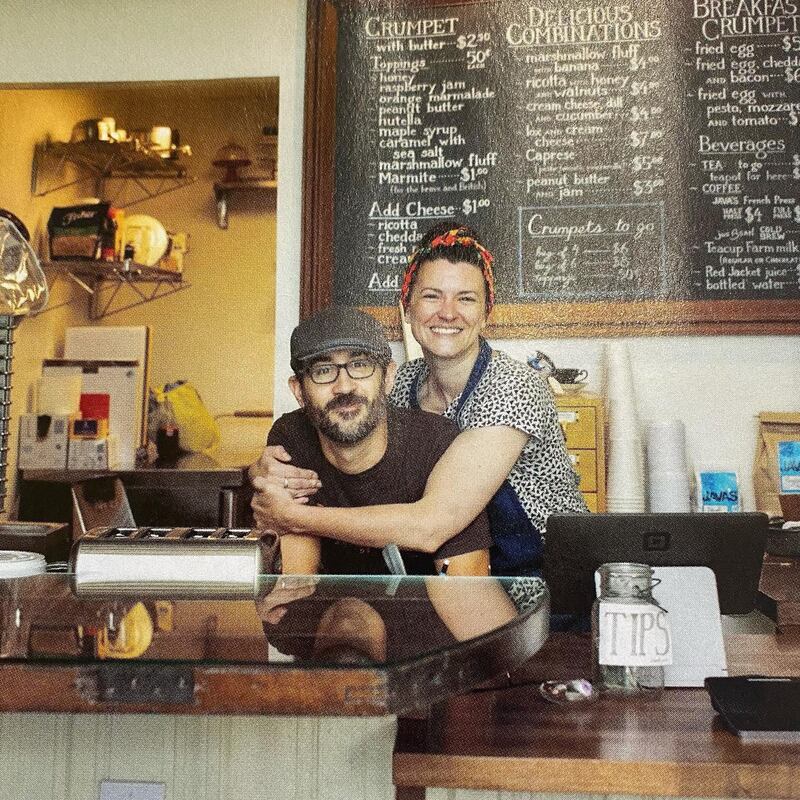
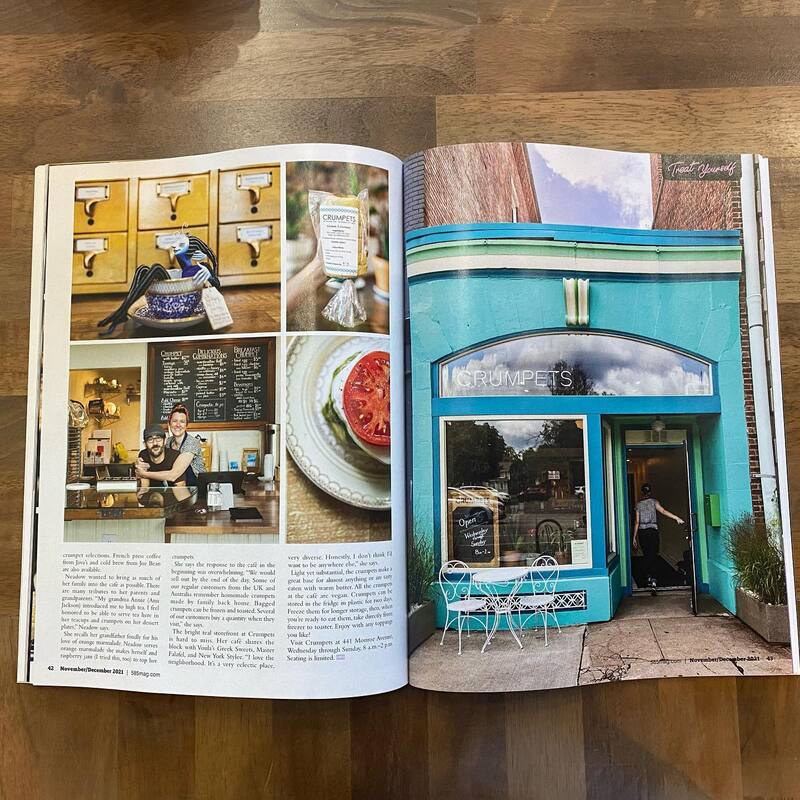
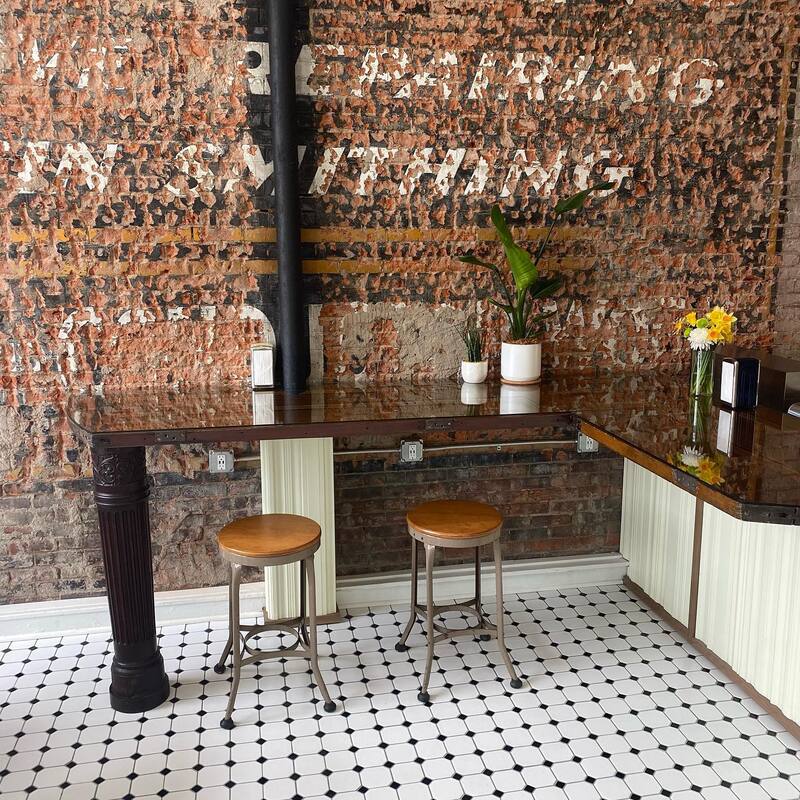

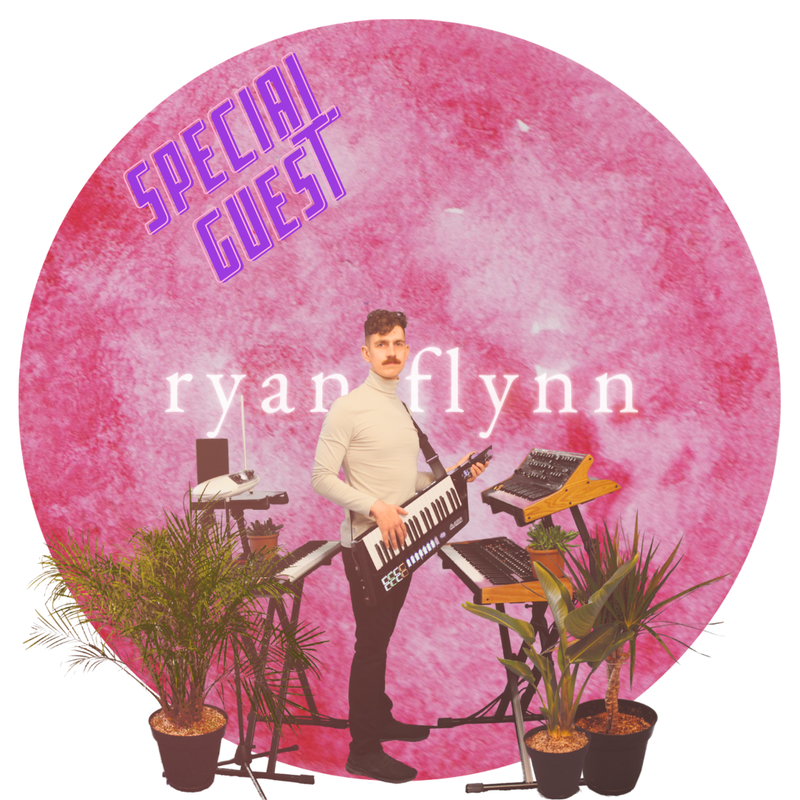



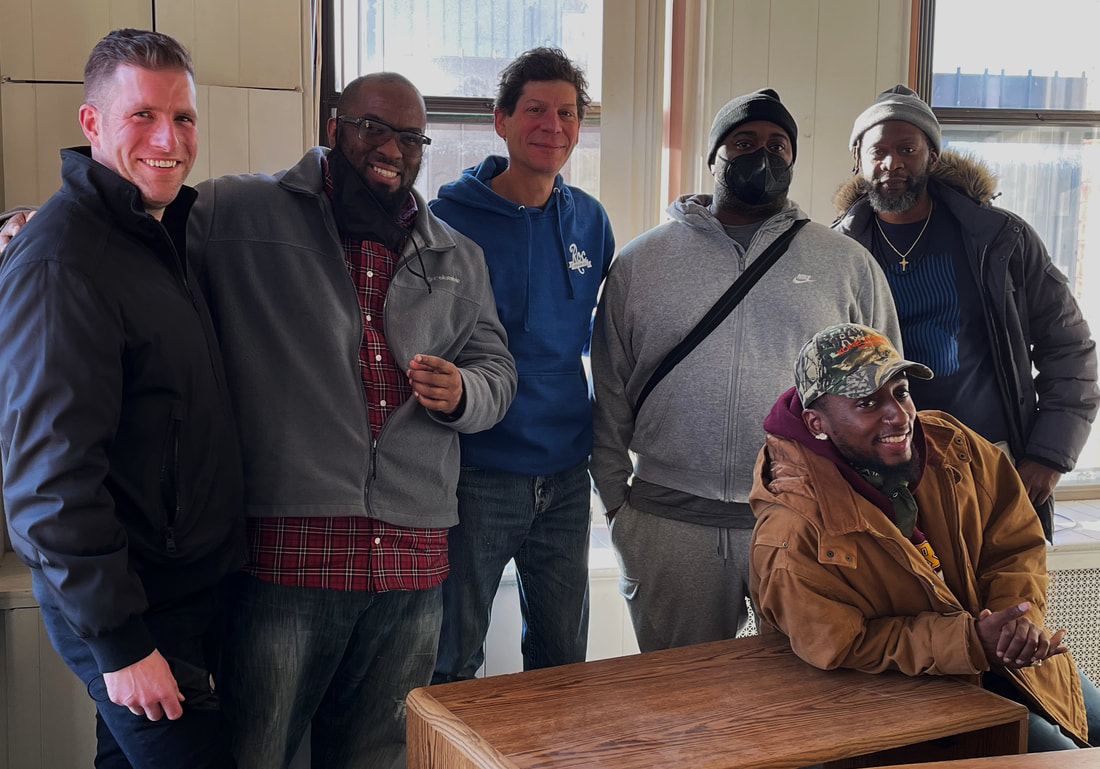
 RSS Feed
RSS Feed